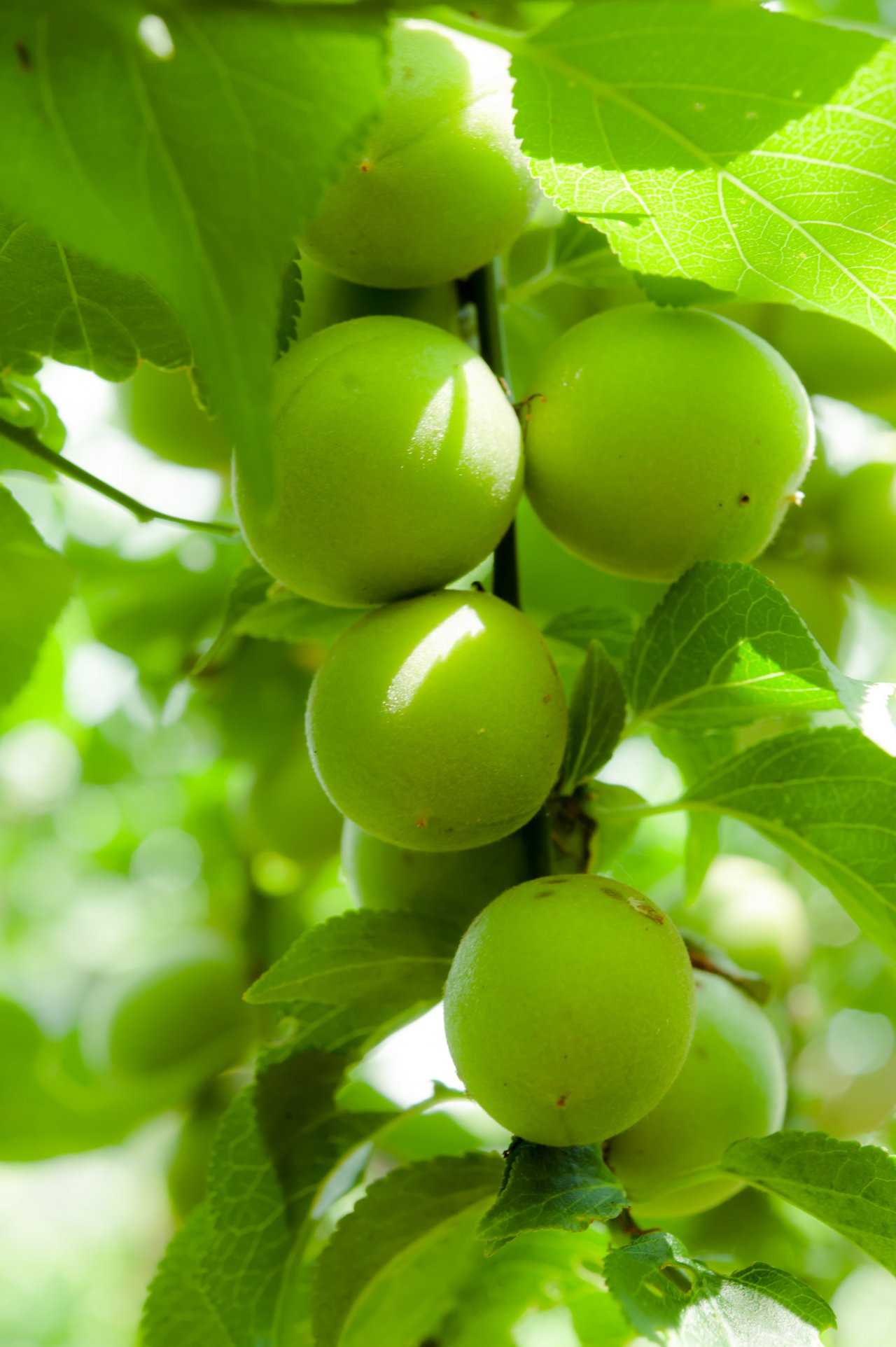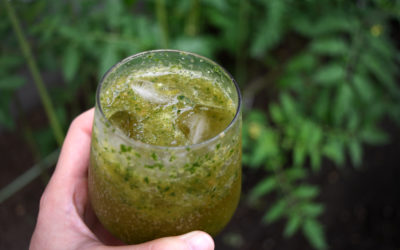The Start of Summer: Pickled Ume Japanese Plum
It’s June which means it’s rainy season in Japan, and also when ume (Japanese plums) ripen. Learn about the ubiquitous ume found everywhere in Japanese cuisine!
Introduction
The Start of Summer: Pickled Ume Japanese Plum
June is a wet, rainy month in Japan. With it comes the ripening of ume, Japanese plums. These two go hand in hand that the rainy season is even called tsuyu, or 梅雨 which literally means “plum rain!”
How to Eat Ume
Freshly picked ume by itself is usually lime green (unripe) or peach colored (ripe). Don’t eat them raw as they’re bitter, tart and can upset the stomach especially if unripe.
So what do people do with ume? There are several popular ways to prepare ume whether it’s pickling them (umeboshi), fermenting them into a liqueur (umeshu) or marinating them into umemiso.
Here are some helpful links by Just One Cookbook if you want to try your hand at preparing ume!
Health Benefits
- Pickled umeboshi is said to be a little powerhouse of energy and some even claim that “one umeboshi a day keeps the doctor away!” Here are some health benefits:
- Ume improves heart health by preventing atherosclerosis (hardening of the arteries).
- It contains natural antioxidants (phytochemicals) which prevent free radical damage, common diseases and skin aging.
- It improves liver health so that your body can process food better, detox and metabolize fat.
- It’s rich in potassium, manganese and fiber, and alleviate digestive problems like dyspepsia, bloating, constipation and stomach ulcers.
- It contains citric acid which restores energy, prevents heat stroke, and keeps obesity at bay.
- Antimicrobial properties stifle gum disease, gingivitis and bad breath!
Keep Reading Below for Recipes using Ume!

Recipes using Ume Japanese Plum
Ume Shiso Carpaccio
Ume Shiso CarpaccioThis MediterrAsian recipe...
Ume Shiso Mojito
Ume Shiso MojitoThis seasonal mocktail blends...



